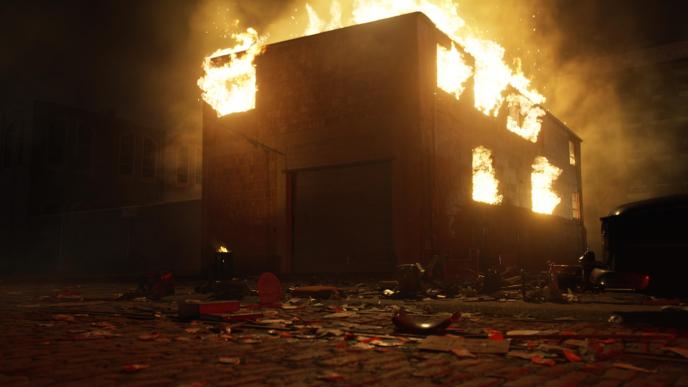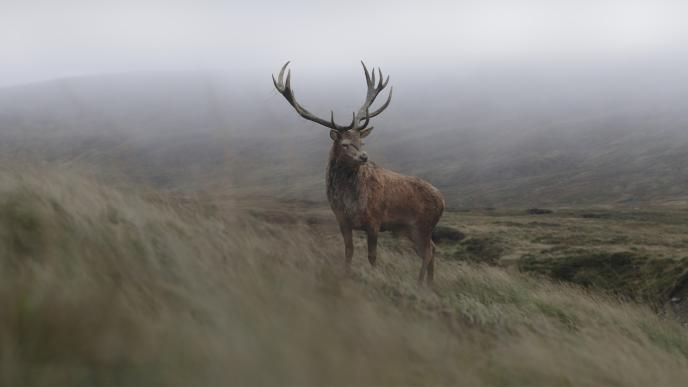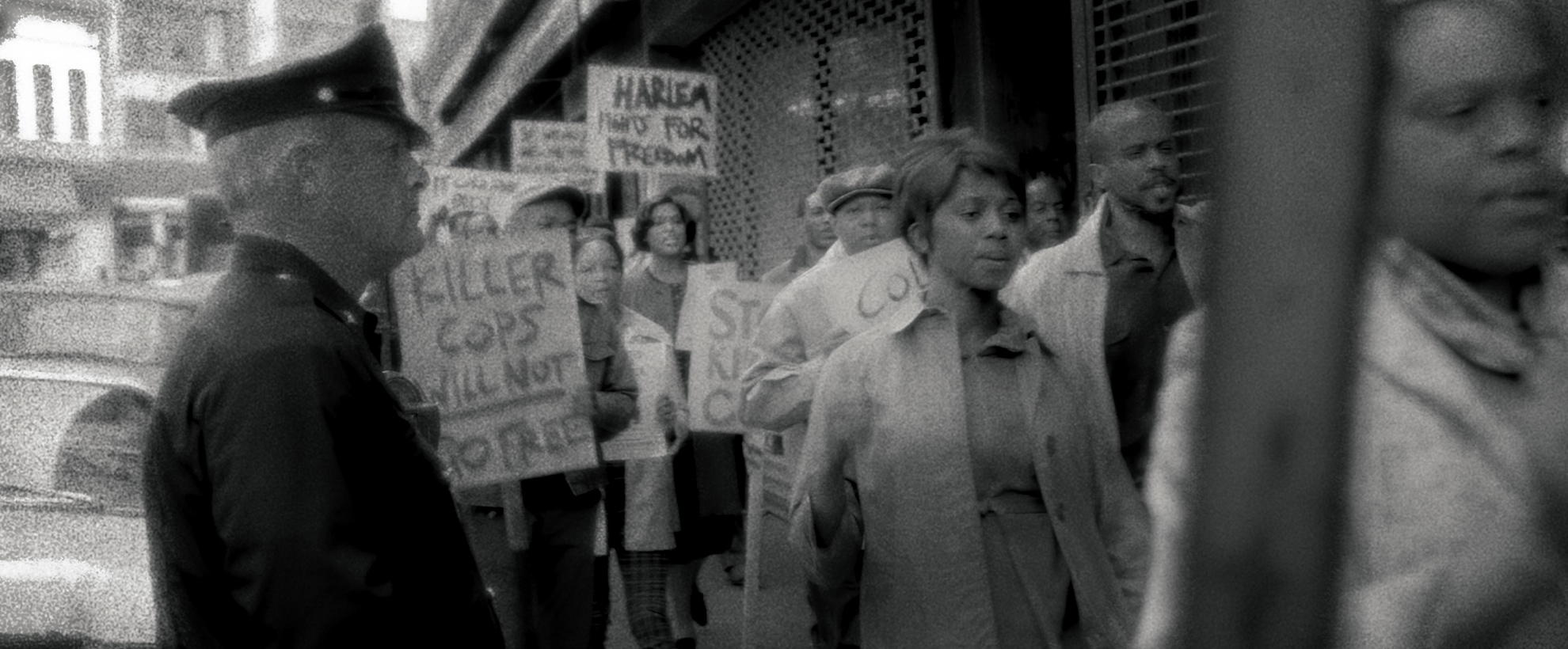
Godfather of Harlem
Godfather of Harlem Season 2 sees Forest Whitaker’s gangster character Bumpy Johnson continue to make his way in Harlem during the 1960s. Brought onto the project to oversee the majority of the season’s VFX, Framestore’s New York-based team delivered over 570 shots throughout the 10-episode season, inclusive of period enhancement work, blood hits, muzzle flashes, CG fires, digital matte paintings of vintage New York, greenscreen composites and general cleanup.
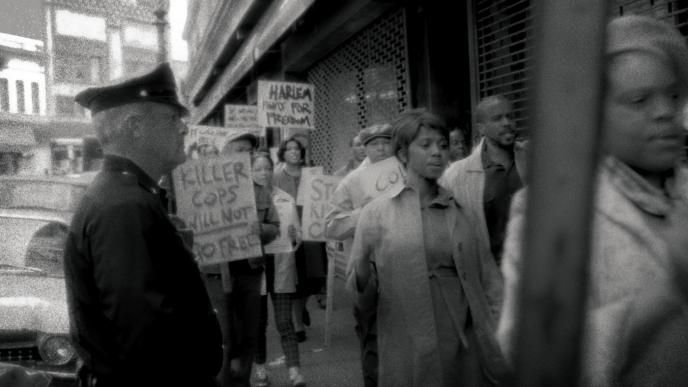
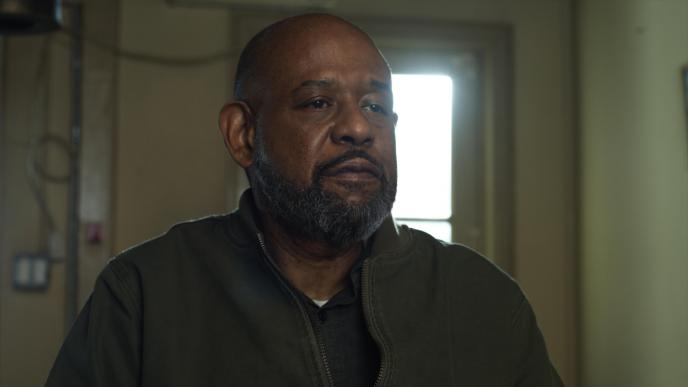
Framestore’s accomplished VFX Supervisor John Kilshaw liaised directly with showrunner and writer, Chris Brancato, as well as the show’s post producer, Michael Maccarone, with an eye toward maintaining the quality of the show and offering various creative solutions as any obstacles arose.
“Working with Chris is always incredibly collaborative as he pushes his teams to come up with their most creative ideas, making for a more engaging project,” said Kilshaw. “Epix was also incredibly supportive of the showrunner, actors and teams in general in order to help them create the best show possible.”
Beginning with episode 201, the Framestore team worked on imposing a CG beard onto Bumpy’s face due to schedule conflicts that meant Whitaker had already shaved his physical beard for 202 before having the chance to shoot 201.
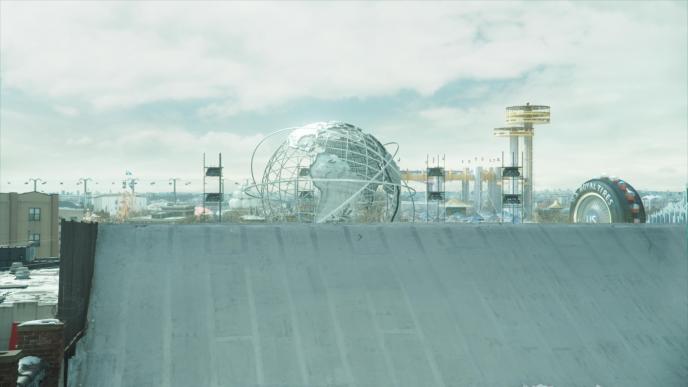

In episode 205, artists got to work recreating the 1964 New York World’s Fair set in Queens, which consisted of extensive environmental matte painting, brought to life and given direction in 2D. Using Maya for 3D to give geometry, texture and model details, as well as effects in Houdini that complemented and enhanced the 2D elements, Framestore created a series of realistic fire effects to set villains alight in episode 206, as well as a climactic explosion and shootout in a catacomb for episode 208.
To construct the most authentic depiction of the historic 1964 Harlem Riots in episode 210 in which the city is set ablaze, the team merged archival footage in black and white with contemporary on-set shots, which allowed them the freedom to truly merge the past with the present. To cap off the finale, a large crane shot was carried out over a burning warehouse to reveal the city ablaze. With the exception of the warehouse building, the shot was entirely CG using a VFX camera takeover in tandem with 2D fire and smoke elements added over the top of the warehouse and 3D structures.
“We knew early on that with the tight turnaround it was important to nail the look and feel of the camera moves, the city, the smoke and fires, so John and I sent extensive early previs tests and had weekly meetings with Chris and the post team in order to execute his vision as best as possible within the time allotted to us,” commented Framestore Compositing Supervisor, Greg Gaskins.

